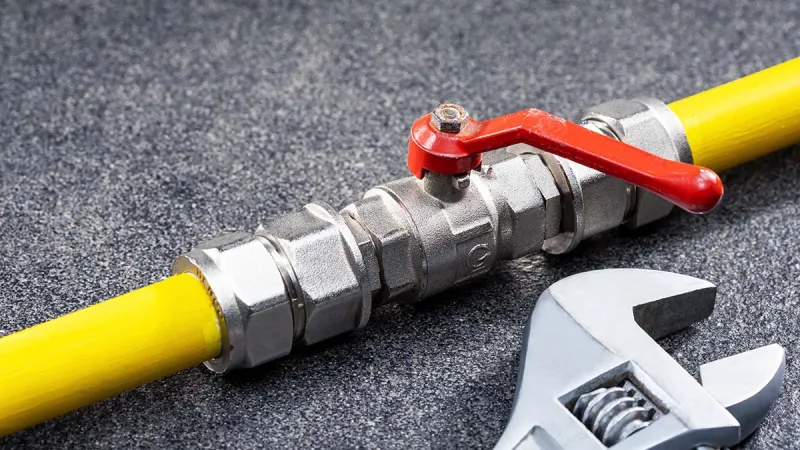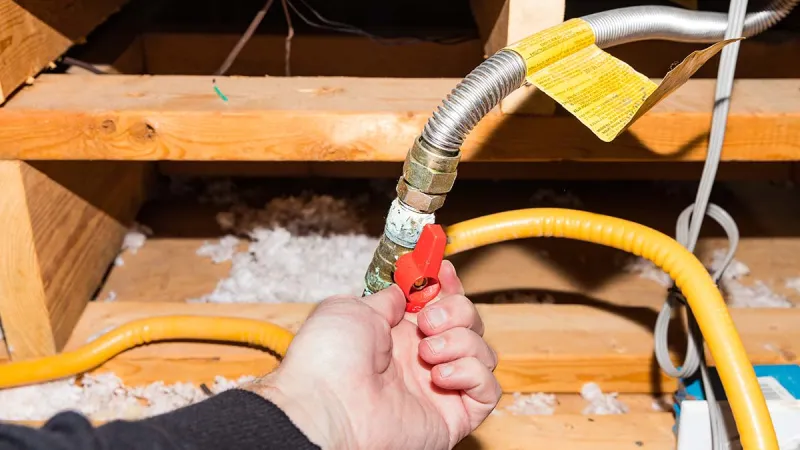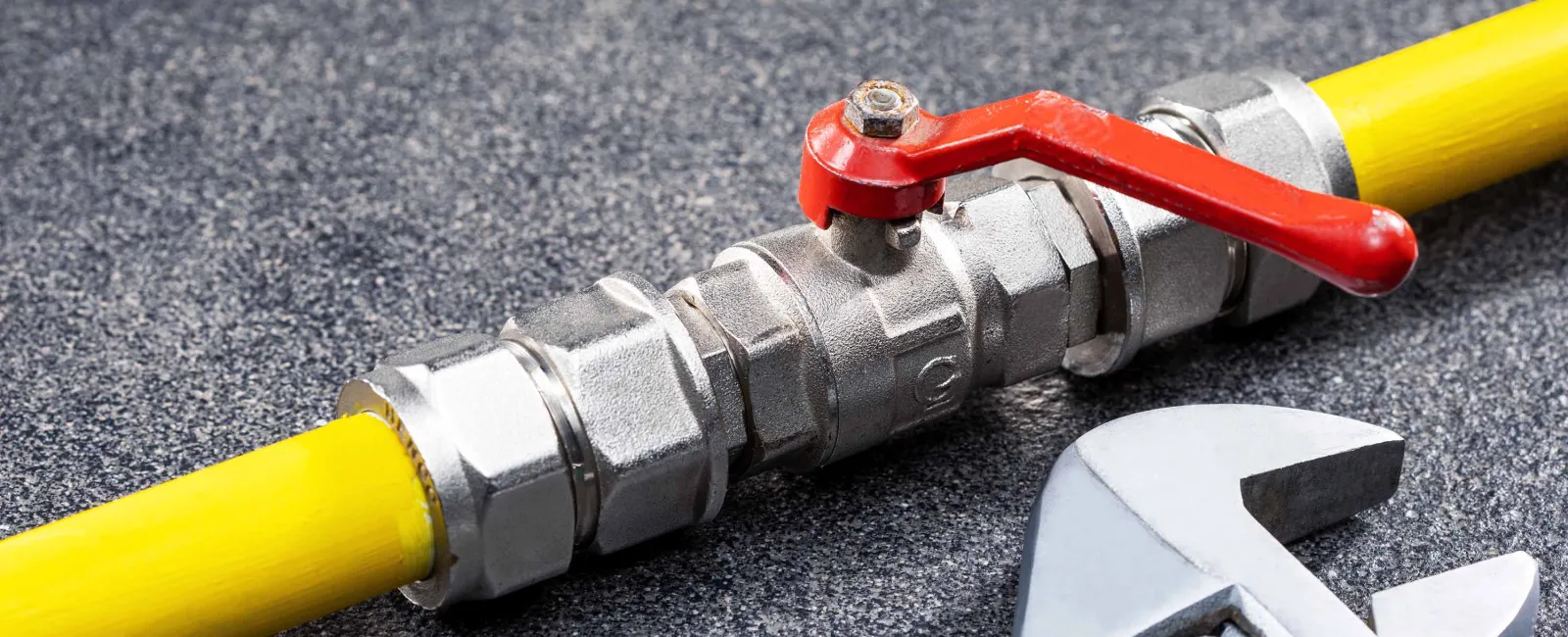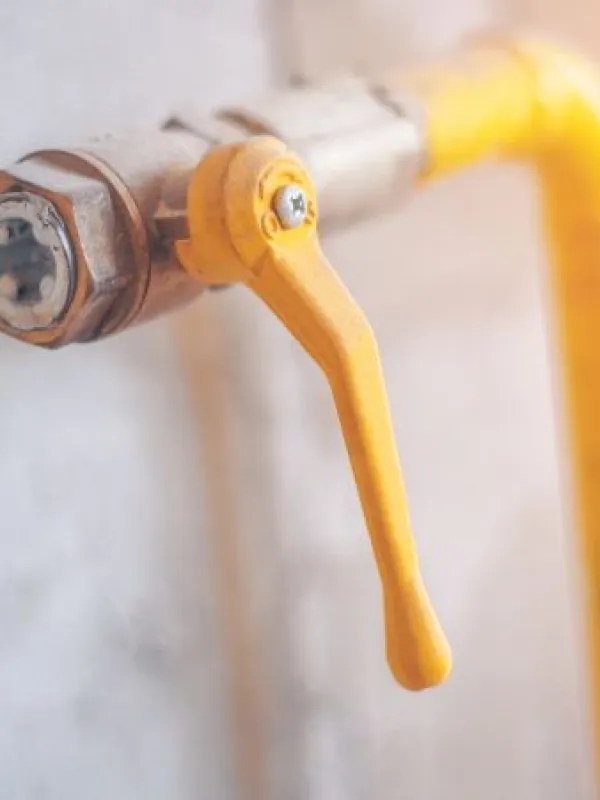How Can We Help You Today?
I want to...
Service
Overview
If you're planning a remodeling project, installing new gas appliances, or have another job that requires professional assistance, our certified plumbers can securely and affordably install or relocate your gas lines. Typical gas line or gas piping installations include:
- Setting up new gas appliances, such as stoves, ovens, dryers, fireplaces, and more.
- Installing outdoor equipment, like heaters, gas grills, pool heaters, and so on.
- Remodeling projects that necessitate adding or relocating appliances.
- Installing or upgrading gas lines for water heaters.
At Badger Bob's Plumbing Services, we specialize in gas line installation and repair. Don't hesitate to schedule your service with us today.
Cost of a gas line installation in Greater Sarasota
- Low: $350
- Average: $900
- High: $1,500+
What's included
- Straightforward pricing
- 1-year labor warranty
- 100% satisfaction guarantee
- Flexible financing
What impacts cost?
Three factors that can impact the cost of installing or moving a gas line in a residential home include:
- Distance and complexity: The length and complexity of the gas line installation or relocation can affect the cost. Longer distances, more complex routing, or the need to navigate around obstacles will require additional labor and materials, increasing the overall expense.
- Pipe material: Gas lines can be made of various materials, such as black iron, galvanized steel, or flexible corrugated stainless steel tubing (CSST). The choice of material can influence the cost of the installation or relocation, as some materials are more expensive than others.
- Permits and inspections: Depending on local regulations, you may need to obtain permits and schedule inspections for the gas line installation or relocation. The fees associated with permits and inspections will contribute to the overall project cost.

Best pipe material for gas lines
When considering installing or replacing a gas line, you may come across various pipe material options, such as galvanized steel, black iron, PVC (polyvinyl chloride), or PEX (cross-linked polyethylene).
However, local regulations typically dictate the approved gas pipe materials for specific applications. As a result, a professional plumber will need to make the final decision on which material to use.
To help you understand what to expect during the installation process, we'll outline where the recommended materials can be utilized.
- Both galvanized steel and black iron are suitable for above or below-ground use and are frequently employed to deliver gas (from the street or a tank) to appliances.
- PVC and PEX, on the other hand, are only permitted for underground and exterior applications. These materials are commonly used for a home's primary gas supply line.







